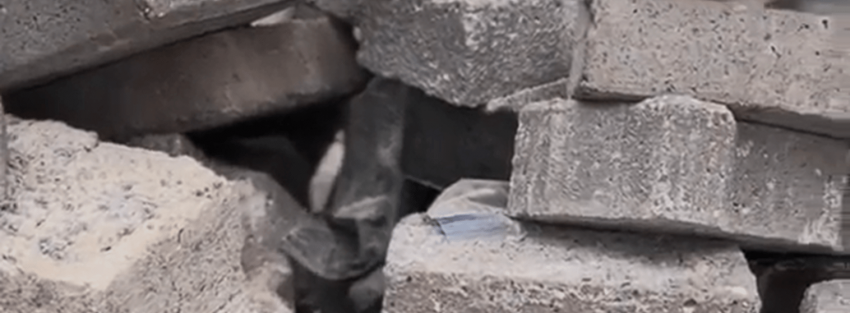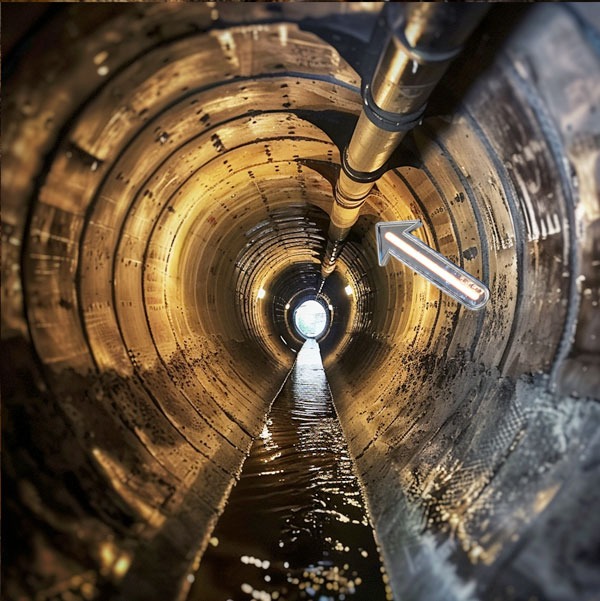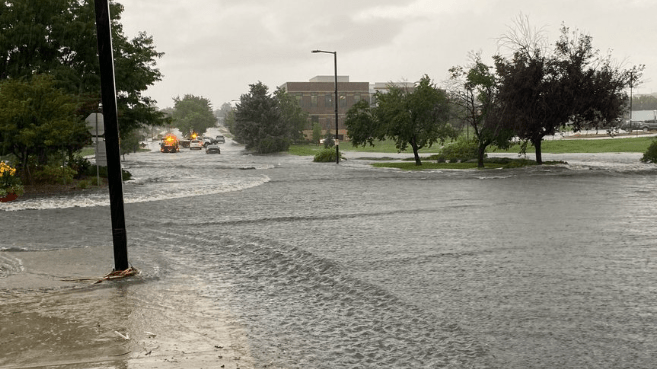At AquiPor, we believe that climate change is mostly a water issue. One of the most significant impacts of a warming atmosphere is the effect that it’s having on precipitation. The amount of water that a region gets and when it gets that water has become more and more unpredictable. This can mean too much water (flooding) in some regions, and not nearly enough (drought) in others. And even in drought-stricken areas, when precipitation does come, it can be volatile and sudden.

Extreme rain events, outdated infrastructure, and the vast amount of impervious surfaces in our cities all factor into the alarming levels of runoff pollution and urban flooding that communities now have to contend with.
At AquiPor, we’ve developed our permeable concrete technology to take the place of traditional paved surfaces to help manage stormwater, reduce pollution from runoff, and help mitigate flooding in cities and towns alike. Here are five ways that AquiPor can help make our communities more resilient to climate change:
- AquiPor’s permeable concrete manages stormwater right where it falls by allowing rain to flow through the material and naturally soak back into the ground. Instead of relying on inadequate gray infrastructure (underground pipes, tanks, and conveyance systems), which gets overwhelmed in big rain events, AquiPor captures and filters stormwater where it falls, getting precious rainfall back into the ground naturally. This is especially important for regions experiencing historic drought such as in California, where record amounts of precipitation were wasted due to inadequate infrastructure.
2. AquiPor makes it easier for cities to deal with water pollution. It’s estimated that over 10 TRILLION GALLONS of untreated stormwater, wastewater, and sewage gets discharged into clean water bodies every year. This is due to the vast amount of impervious concrete and asphalt surfaces in cities, the amount of runoff these surfaces generate, and the outdated nature of gray infrastructure systems that are ill-equipped to deal with large volumes of runoff.
When it rains, stormwater that should naturally soak into soils and recharge groundwater instead becomes polluted runoff as soon as it hits the pavement. Much of this polluted runoff ends up in nearby water bodies.
By replacing traditional pavements with AquiPor’s permeable concrete, stormwater can now flow through the concrete and back into the ground. Due to the tiny pore size of AquiPor concrete, it can even filter out the majority of dirt, debris, and pollutants found in stormwater.
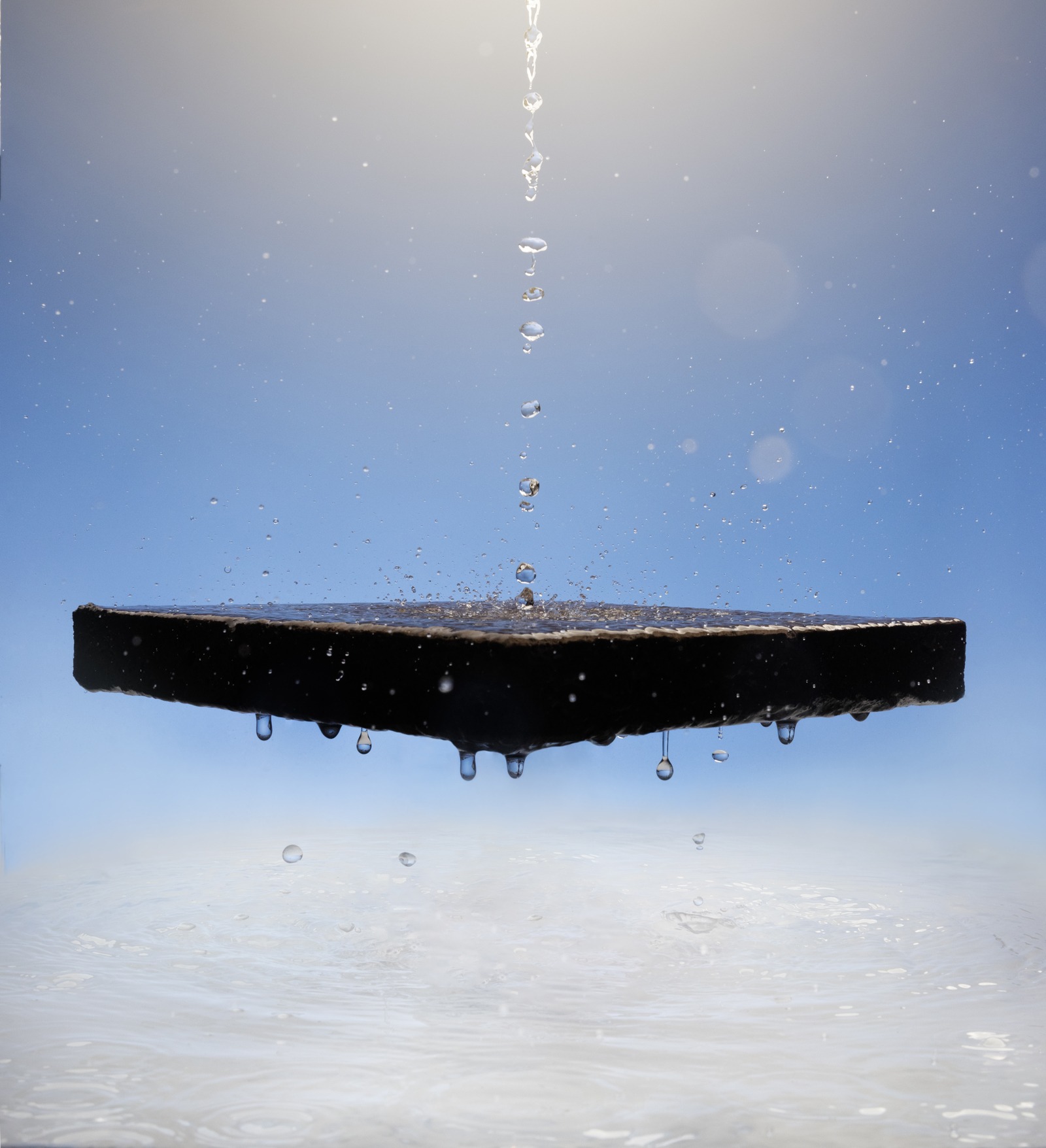
3. AquiPor’s product has an inherently low CO2 footprint. Cement and concrete production is responsible for 8% of the world’s CO2 emissions each year. In addition to AquiPor’s ability to manage stormwater and mitigate flooding, our concrete is produced in an entirely new way and does not use normal cement in the process. Instead, we use a combination of industrial minerals and without the need for cement plants, our process has an extremely low CO2 footprint when compared to normal concrete.
4. AquiPor uses recycled materials. Instead of relying on pollutive cements and additives, our concrete uses a proprietary mix of industrial minerals and “leftovers” from other industries.
5. AquiPor’s concrete is precast, making it easy and efficient to install. Precast concrete has a myriad of advantages, including uniformity, saving time, and improved quality control. Precast concrete is manufactured offsite in a covered environment which means it isn’t weather dependent, and it enables just in time delivery for jobs. It also allows for a cleaner, safer construction site.
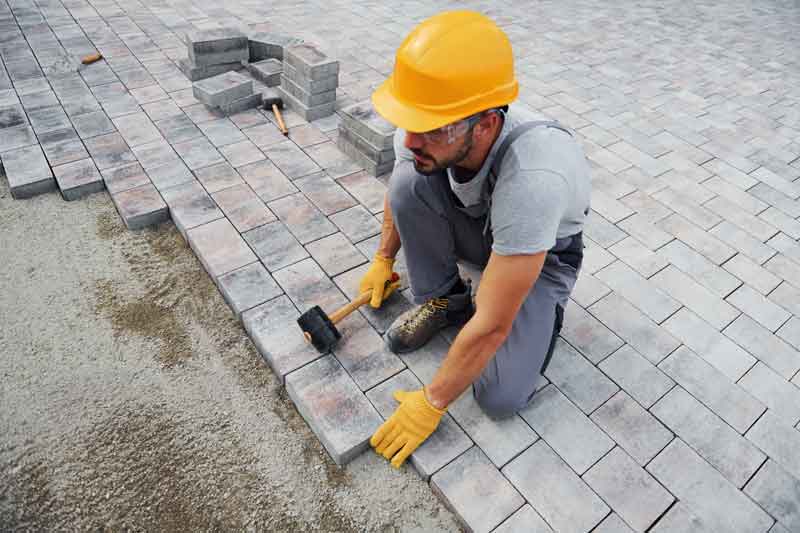
These are just a few of the ways that AquiPor’s permeable concrete technology can make communities more resilient in the face of climate change. Where can this technology make the biggest impact in your community?
Fly-ash is a hazardous environmental byproduct from coal-fired electric power generation and industrial boilers.
For decades, utilities have disposed of coal ash dangerously, dumping it in unlined ponds and landfills where the toxins leak into groundwater. Some estimates state there are over 3 billion tons of legacy and “fresh” fly-ash waste in the U.S. alone. Many landfills and collection ponds are near large cities.

According to industry’s own data, 94% of the coal ash ponds in the United States are unlined. Unlined ponds are contaminating groundwater with toxins above levels that the U.S. Environmental Protection Agency deems safe for drinking water.
Legal and technical experts from Earthjustice, the Environmental Integrity Project, and partner organizations located and analyzed the data disclosures from utilities that report groundwater monitoring data and found that 91% of these plants are contaminating groundwater with toxic substances at levels exceeding federal safe standards.
AquiPor’s permeable concrete can be used to sequester various harmful industrial waste by combining these materials with our catalytic binder. One such waste material we have been successfully testing in our mix designs is fly ash.
There are environmental and economic advantages to recycling this waste back into our concrete, but in addition to that, it creates some emerging properties that are very compelling for our permeable technology.
How about that...taking care of industrial waste that is contaminating groundwater and putting it into new, useful permeable material that can help improve groundwater and freshwater in our cities?!
If you’ve been following AquiPor for even a short amount of time, you know that we are developing a new type of permeable concrete that would help alleviate stormwater pollution in cities, and we’re really excited about that. It’s not every day you invent a technology that could not only make life better for people in cities but can also directly help make our communities more resilient to the impacts of climate change.
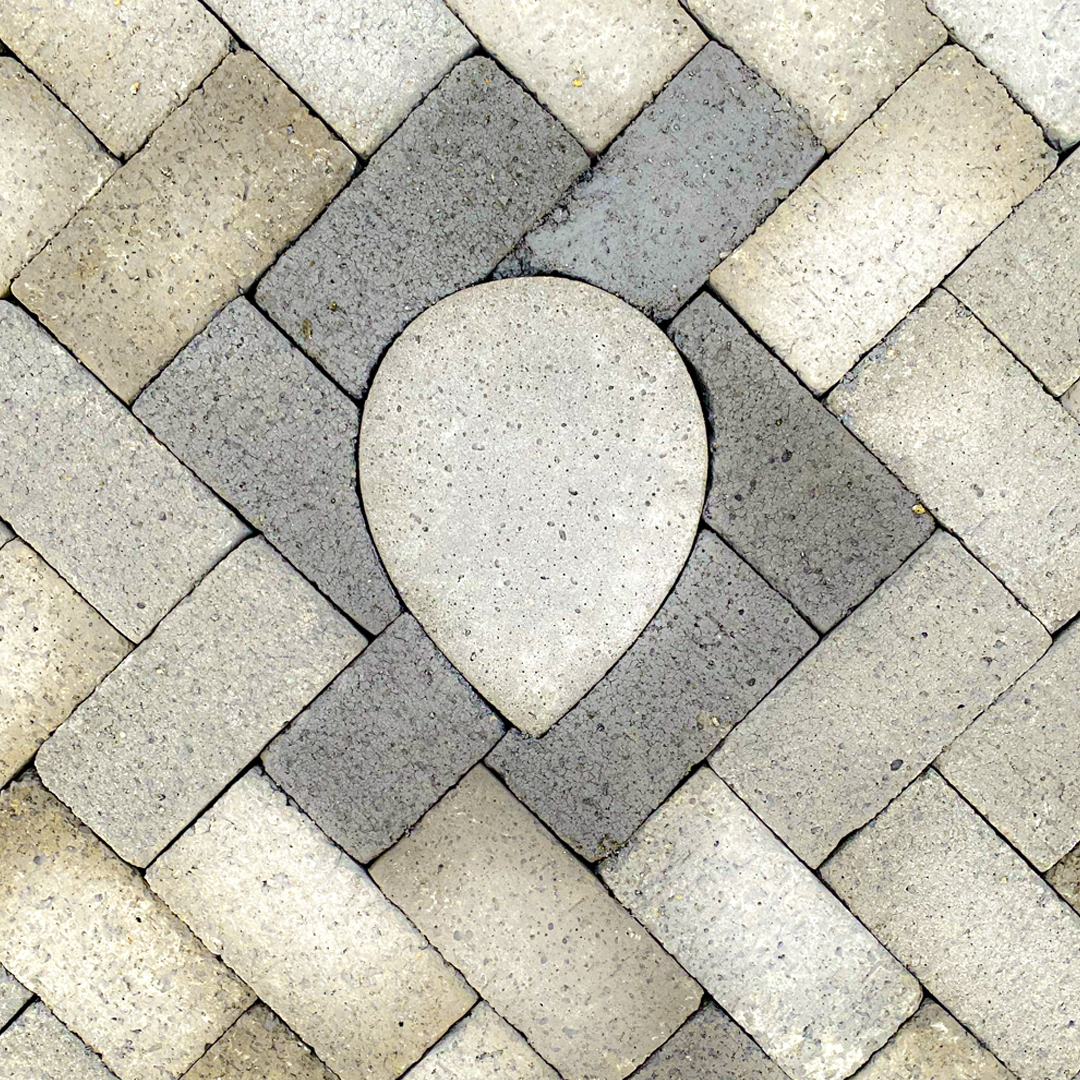
In short, our permeable concrete can help ease the pressure on already overused sewage systems and reduce pollution in the environment by providing a better way to handle rainwater and snow runoff. Instead of allowing polluted stormwater to run off of paved surfaces and into storm drains, our permeable pavers will allow this water to flow down through the material and into subsurface layers before naturally recharging groundwater.
There are many applications for our permeable concrete, and we thought it would be fun to share some ideas we have that you might not have thought of. Here are 5 possible applications of our permeable concrete:
1. Swimming pools: Not the actual swimming pools, that would be kind of silly to have porous material in your pool, but imagine that you have permeable pavers surrounding the pool. Excess water gets drained from around the pool, making it a safer place for your kids. Now, instead of yelling at your kids to “stop running around the pool!”, you can yell “kids, run and get me another beer!”. Honestly though, having less water around makes it less slick and therefore a lot safer for those you love. Just imagine!

2. Parking lots: You may not even notice it, but those random grassy swales in retail and commercial parking lots are actually there to deal with stormwater runoff. Instead of bulky, space consuming swales or stormwater ponds, AquiPor permeable pavers can take their place to manage stormwater without taking up all that usable space! Btw, did you know that 5.5% of all developed land in the U.S. is made up of impervious parking lots?! This is a problem we know can be reversed!
3. Sidewalk Panels: There are millions of miles of sidewalks throughout the U.S. and almost all of them are impermeable. What better way to manage stormwater from the street than to direct it to permeable sidewalks and manage it right there?! Now of course, these systems need to be designed and engineered to be structurally sound and to prevent road settling but we’ve considered that too. Our “steady-state”, porous detention tanks go underneath our permeable sidewalk panels and regulate how fast stormwater goes back into the ground based on the natural hydrology of those soils. As part of a fully engineered design, we can literally turn neighborhoods into stormwater infiltration corridors. Neat huh?
4. Bike lanes and walking paths: As more and more cities embrace micro-mobility and pedestrian friendly neighborhoods, why not turn the designated bike lanes and pathways in cities into permeable surfaces? Any opportunity to transform impervious pavement into permeable surfaces not only helps with stormwater and flooding issues, but it’s also known that permeable paving can help eliminate urban heat island. Pedestrian friendly + stormwater management + elimination of urban heat island = WIN WIN WIN!
5. Driveways and residential patios: Using permeable pavers in a residential driveway and / or patio can help alleviate all manner of groundwater and stormwater runoff issues, while also safeguarding local water quality by protecting against the infiltration of pollutants. In cold climates, electric or hydronic heating systems in conjunction with a well-designed permeable paver system can not only eliminate snow and ice, but it can get that precipitation back into the ground naturally. Of course, these system designs cost more but it goes to show you what’s possible with permeable concrete pavers!

At AquiPor, we’re hard at work developing our technology to meet the standards necessary for each and every one of these applications. What else haven’t we thought of?! Get in touch with us and let us know!
